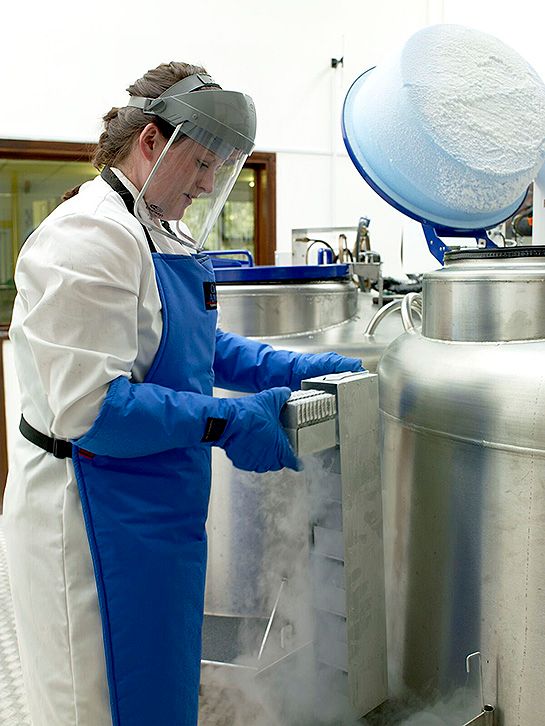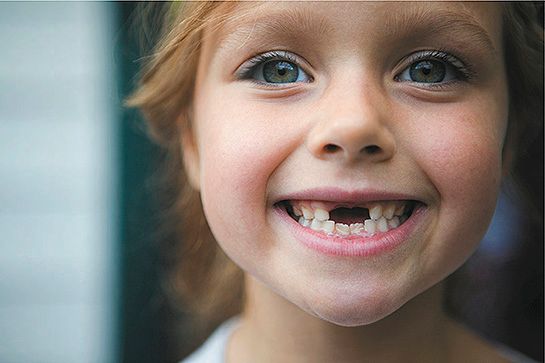Stem cells are never far from the headlines these days as medical research reveals more and more possible ways in which they can help to heal us. It's not surprising then that an increasing number of parents are looking at how they can capture their family’s own stem cells as a form of biological insurance in case they fall ill in the future.What are stem cells? Stem cells are the body's building blocks which multiply and transform into the cells that make up our blood, bones, tissues and organs - everything that makes us physically what we are. They can build new tissues from scratch but they can also restore and repair tissue as we grow.
These vital cells are now being used to treat an ever-increasing list of medical conditions. For families with a history of cancer, or other diseases, the availability of stem cells can be a life-saving resource. The use of stem cells is now standard medical practice in many countries for a range of blood cancers, including Leukaemia and Lymphomas, Anaemia and Immune Disorders. Researchers are also looking at how they can treat conditions such as Type 1 Diabetes, Cerebral Palsy, Heart Disease and, most recently, Hearing Loss, Autism and Traumatic Brain Injury.Ways to bank stem cellsTo date, bone marrow has been the main source of stem cells for medical treatments, but two other sources that are normally thrown away at birth and in childhood can offer parents the prospect of saving stem cells that will be a perfect match for their child and a possible match for siblings or other close family members.Cord blood and cord tissue storageNormally discarded at birth along with the placenta, the blood and tissue from the umbilical cord each contain different types of stem cells: those in cord blood (Hematopoietic Stem Cells or HSCs) can be used to treat conditions of the blood and immune system, while those in the tissue (Mesenchymal Stem Cells or MSCs) can transform into solid tissue including bone, muscle, tendon, adipose (fat) and nerve cells, which offers the prospect of their use in regenerative medicine.What’s involved: Once the placenta is delivered, the cord is simply clamped and the blood collected, along with approximately 15cm of cord tissue for MSC retrieval. The whole procedure takes less than ten minutes and is completely painless. To arrange for cord blood/ tissue collection, you need to approach your midwife, consultant or hospital as soon as possible in your pregnancy, as the Human Tissue Authority (HTA) only allows collection by suitably trained staff. If the hospital is happy for a collection to take place, select a reputable private family cord blood bank which is also HTA-approved. They can then arrange for a fully trained third party to attend the birth, make the collection and then process it for long-term storage. How much does it cost?: The cost of saving cord blood varies from company to company but is around £1,650 for the collection kit, processing, testing and an initial 25-year storage contract. To include cord tissue as well, banks that provide this service will charge an additional fee. Public donation: If you are giving birth at one of the limited number of NHS hospitals which collects for the public bank or the Anthony Nolan Trust you can opt to donate your baby’s cord blood. The public bank can be searched by anyone looking for a match but it is not yet large enough to help most UK families - especially those from an ethnic minority/mixed race background - and the vast majority of cords for transplant therefore have to be found outside the UK.
Tooth Cell storageA child's milk teeth are normally lost between the ages of 6 and 12 years old. Like umbilical cord tissue, the dental pulp in children’s first teeth contains MSCs. Also, like the cord, they are usually discarded or left out for the as being of no further use – except to the tooth fairy, of course! Similarly, healthy adult teeth extracted prior to the commencement of orthodontic treatment are also eligible, including wisdom teeth. Wisdom teeth are a particularly good source of MSCs because they can continue to develop until the age of 25, and therefore are still rich in a naïve stem cell pool until the mid-20s. They also have an increased pulp chamber in comparison to those that are mature with roots completely formed.What’s involved: To offer the best possible supply of stem cells, the tooth ideally needs to be gently pulled out at the ‘wobbly’ stage; teeth that have fallen out and so lost their blood supply may have a lower volume of stem cells. Once out, the tooth needs to reach the company who will be processing and storing it within 72 hours. It is therefore best to obtain a special collection kit in advance. But if a tooth falls out away from home then it could still be used as long as it is put straight into some milk and kept in a fridge or cool place until it can be transferred to the proper collection container.How much does it cost?Again this varies from company to company. The cost at the UK’s largest stem cell bank, Future Health Biobank, which also offers cord blood and cord tissue storage, is £1,495: £295 initial fee including provision of the collection kit, £650 for tooth stem cells processing and cryopreservation and £550 for 25 years storage.Hopefully your child or other members of the family will never have to use the stem cells you have stored, but you will have the reassurance of knowing that they are within reach should they be needed.For more information on private cord blood and cord tissue banking or on tooth cell collection please contact the Future Health Biobank customer care team on 0800 954 5335 or visit www.fhbb.com. Future Health, which this year celebrates its 10th anniversary. It is also the longest established stem cell bank and was the first to offer both cord blood and cord tissue collection to parents.










